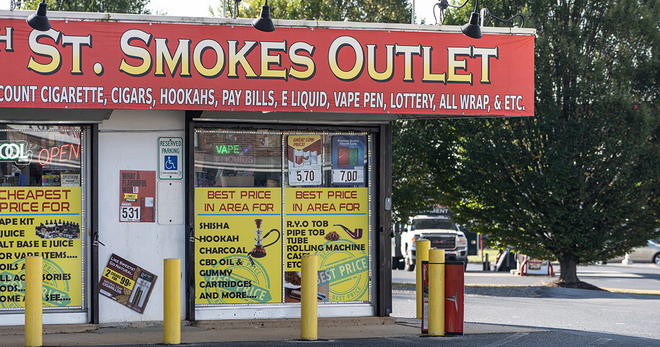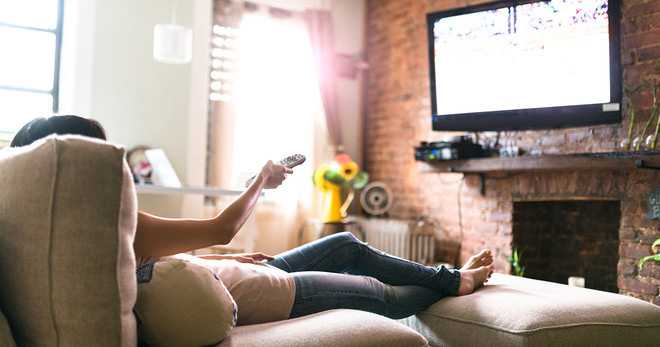After-school smoke? The problem with tobacco retailers near schools
Kindergartners through seniors in high school don’t have to go far to pass a tobacco retailer, especially if they attend schools with large low-income or minority student populations.
77%
77% of public schools are within a 10-minute walk of at least one outlet selling tobacco
More than three-quarters of public schools are within a 10-minute walk of at least one outlet selling tobacco, according to a 2016 study of more than 18,000 public schools across the country. For schools with the heaviest concentrations of low-income students, there is an average of nearly 11 stores selling tobacco within a 10-minute walk, or 800 meters.
That’s a problem, because exposure to tobacco advertising in retail environments is linked with an increased likelihood of children and adolescents trying smoking and becoming smokers in the future.
More marketing
When retailers are located near schools, students are more exposed to the industry’s top marketing venue. Virtually all the industry’s $8.5 billion annual marketing expenditure—more than 96 percent of it—goes to marketing in retail environments, including in-store advertisements, discounts and product displays behind check-out counters.
Retail marketing is linked to impulse purchases, an increased likelihood of young people starting to smoke and decreased success for people attempting to quit. About one-third of teenage experimentation with smoking can be attributed to tobacco advertising and promotional activities.
Research has also shown that the smoking rate is higher at schools in neighborhoods with a dense concentration of tobacco outlets than in neighborhoods without tobacco retailers.
A few states and localities have tried to limit advertising near schools. Notably, Massachusetts issued a regulation banning tobacco ads within 1,000 feet of a school nearly two decades ago, but a tobacco company brought a challenge to the Supreme Court and won.
Social inequities
Tobacco retailers are more likely to be a short walk away from schools with larger low-income, black and Hispanic populations compared to schools with higher numbers of white and high-income students.
As low-income and minority populations increase at schools, so do the number of tobacco retailers nearby. For example, the number of outlets grows by 8 percent each time Hispanic enrollment increases by 10 percentage points.
Research from California established a link between school demographics and marketing practices as well. The study found that, as a high school’s African-American student population increased, the likelihood of Newport promotions went up and the cost of Newport packs went down. Newport is the most popular brand of menthol cigarettes, which are heavily marketed to the African-American community and are easier to smoke and harder to quit.
Read more about how tobacco is a social justice issue, including how it disproportionately affects the low-income community and racial and ethnic minorities.
More in tobacco industry marketing
Want support quitting? Join EX Program
By clicking JOIN, you agree to the Terms, Text Message Terms and Privacy Policy.
Msg&Data rates may apply; msgs are automated.


